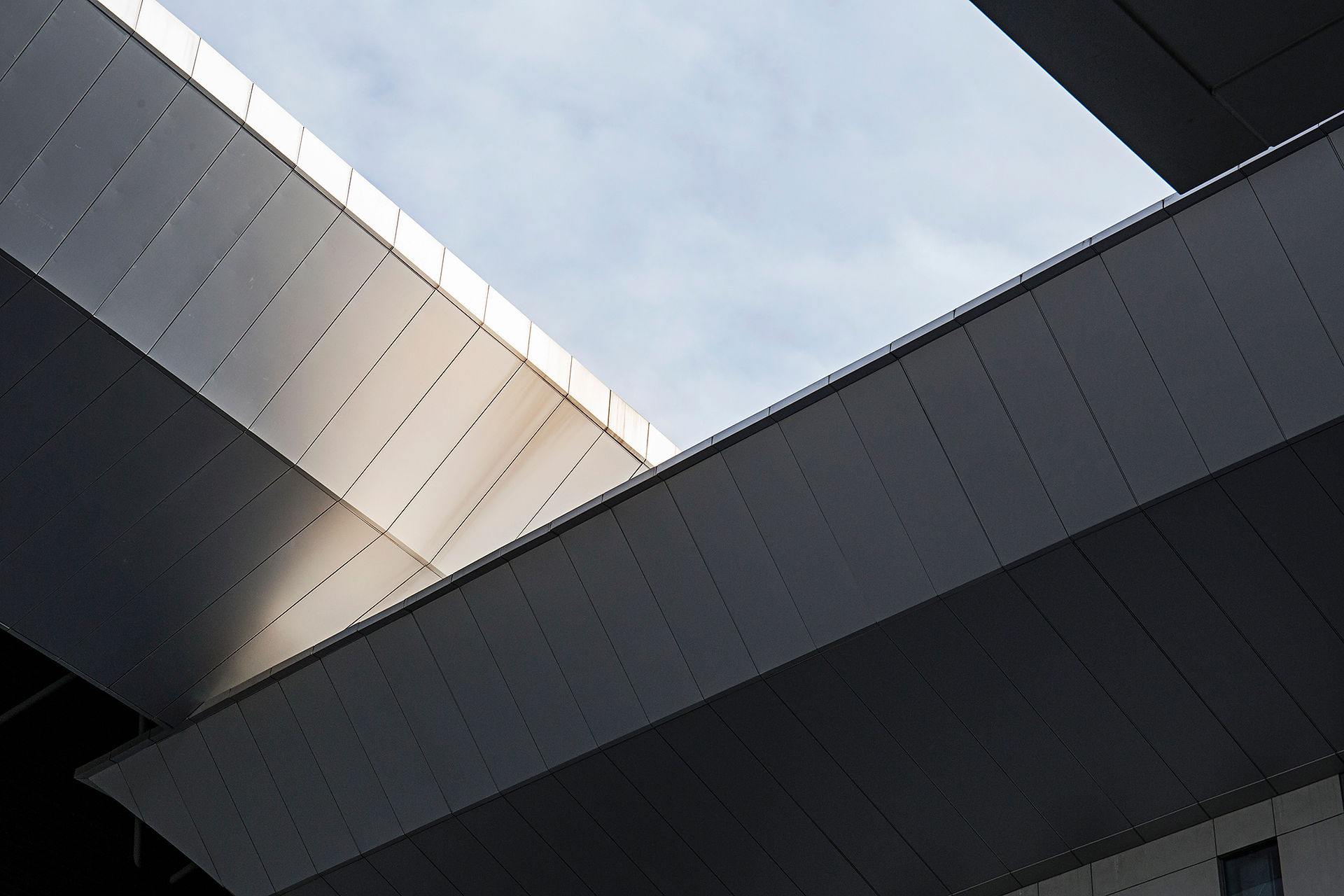Design with Care and Stewardship for a Sustainable Future
- bryan koehn
- May 2
- 3 min read
Updated: Sep 16
Have you ever wondered how much waste is created during home construction?
I have. And what I’ve found—through research and experience—is that a staggering amount of perfectly usable material ends up in discarded due to inefficient planning, onsite logistics, and misaligned design. It’s a hidden cost most homeowners never see: paying to bring materials in, and then paying again to send the excess away. Does this make sense? Of course not.
Beyond the financial waste lies something deeper—a missed opportunity to build more thoughtfully. At regenr8 studio, we believe that every home is a chance to demonstrate care—for the earth, for resources, and for future generations.
This post shares the data behind construction waste and offers simple, stewardship-driven strategies to reduce waste and create healthier, more harmonious homes.
The Hidden Cost of Waste in Home Construction
In Michigan, new single-family residential construction generates significant waste, with 20–30% of materials ending up in landfills. The most common materials wasted include wood, drywall, concrete, and packaging. However, regional factors play a role—urban areas like Metro Detroit have better recycling access, while rural regions face higher landfill rates.
Beyond environmental concerns, waste directly impacts project costs. On average, waste management and disposal can account for 2–5% of total construction costs, including:
Material Overages – Extra materials are often purchased to account for cutting loss and miscalculations. The extra material wasted (not including disposal fees) can range from $30,000 to $45,000.
Disposal Fees – Landfill tipping fees in Michigan range from $40–$60 per ton, quickly adding up on large projects.
Labor Costs – Handling, transporting, and disposing of excess materials require additional labor hours.
By reducing waste through strategic design, homeowners can save thousands of dollars—while honoring the materials they use and contributing to a more sustainable built environment.

Smart Design Strategies to Minimize Waste
Reducing waste isn’t just about smart math—it’s about building with care. These strategies help us honor our materials, reduce our impact, and create homes that are as efficient as they are inspiring.
Design with Modular Dimensions
Using 4’, 8’, and 12’ increments for walls, floors, and roofs aligns with standard material sizes (e.g., plywood, drywall, SIPs, CLT panels). This minimizes offcuts and wasted materials.
Prefabrication & Panelizing
Pre-cut and prefabricated components reduce onsite cutting and material waste. SIPs and CLT panels are factory-produced with precision, reducing job-site inefficiencies.
Optimized Material Use
Plan structural spans to align with available material sizes.
Design around whole-sheet dimensions for sheathing and drywall.
Pre-plan cut lists to reduce excess.
The Benefits of Exposed Wood (CLT & Mass Timber)
Reduced Finishing Materials – Exposed CLT or mass timber eliminates the need for drywall, paint, or additional finishes, reducing waste and cost.
Improved Indoor Air Quality – Natural wood surfaces help regulate humidity and reduce reliance on synthetic materials.
Biophilic Design Benefits – Studies show that exposed wood enhances well-being, creating a warm and inviting space while reducing stress.
Carbon Storage – Mass timber acts as a carbon sink, locking in CO₂ for the life of the building.
Deconstruction Over Demolition
Reclaim and reuse materials when possible. Salvaging wood, fixtures, and even drywall can minimize waste and lower project costs.
A Smarter, More Sustainable Future
Designing and building a home should be more than a process—it should be a promise. A promise to tread lightly, to build with intention, and to honor the resources we borrow from the earth.
At regenr8 studio, we see design as an act of stewardship—a way to care for the land, for our communities, and for future generations. When we prioritize sustainability, simplicity, beauty—and stewardship—we don’t just reduce waste; we create homes that give back more than they take.






Comments